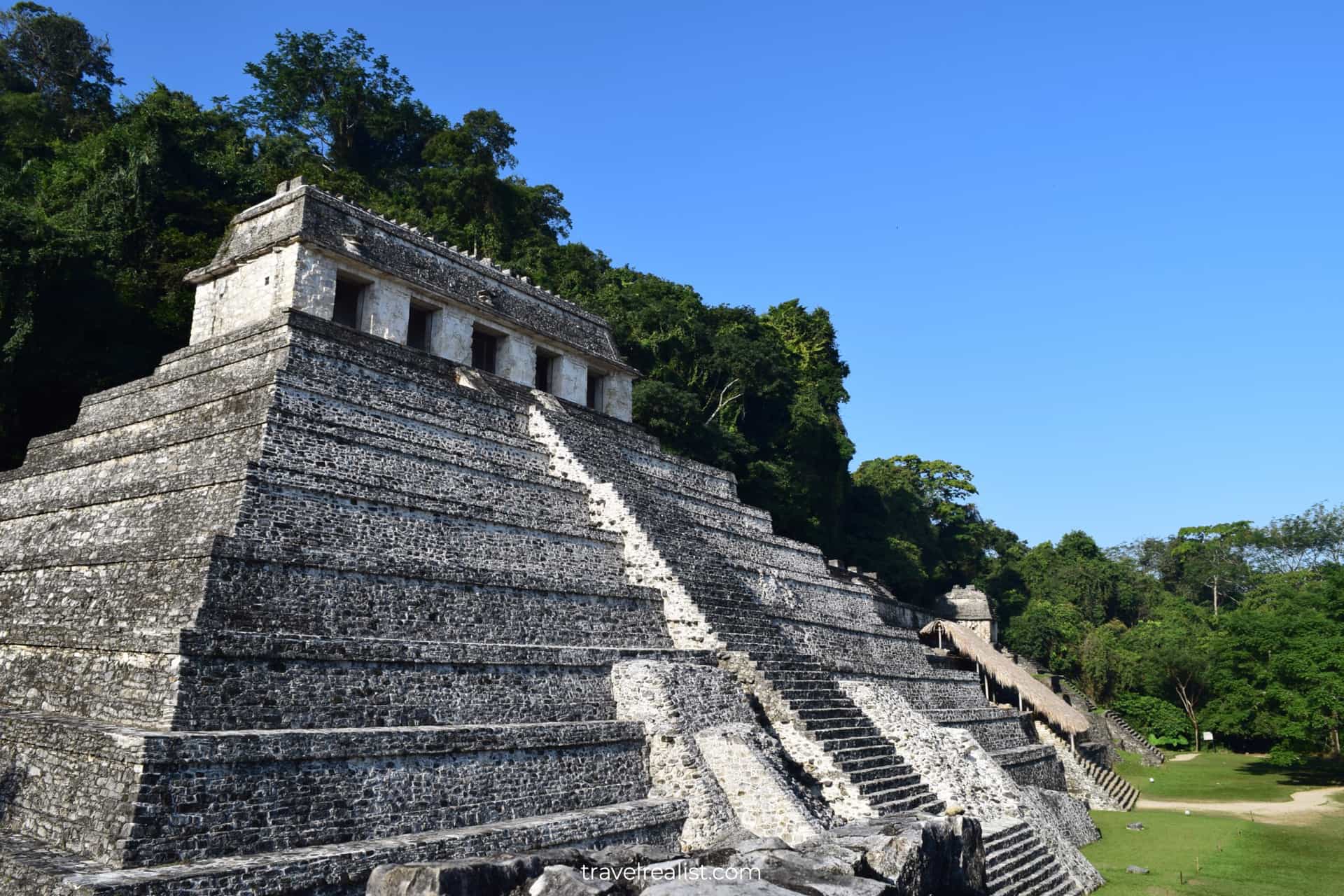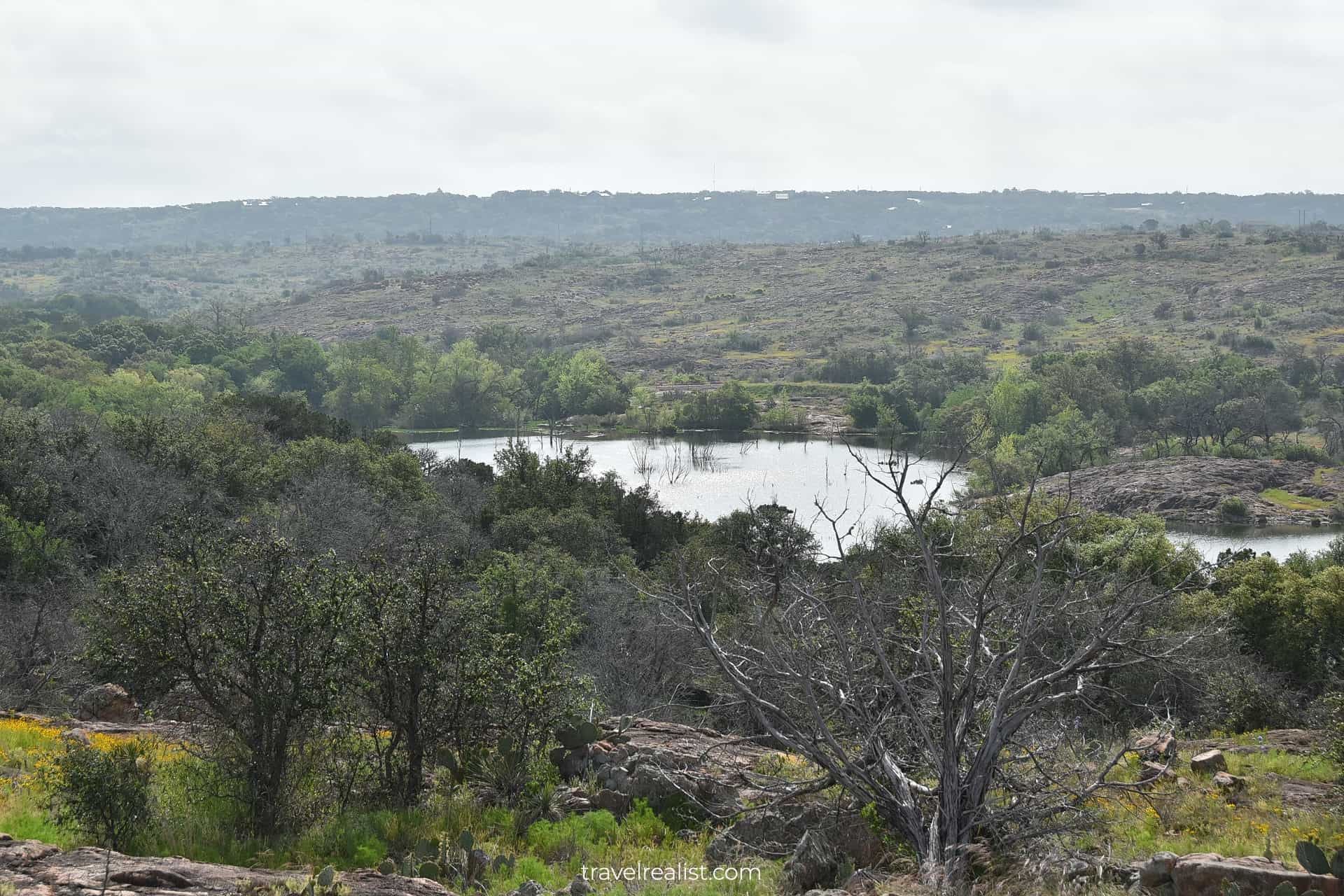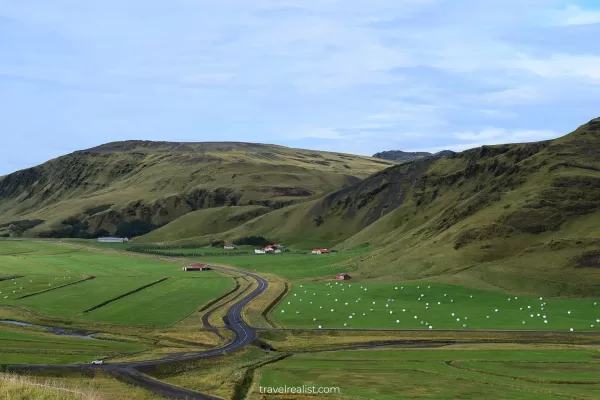How to Travel in A Fast Casual Way
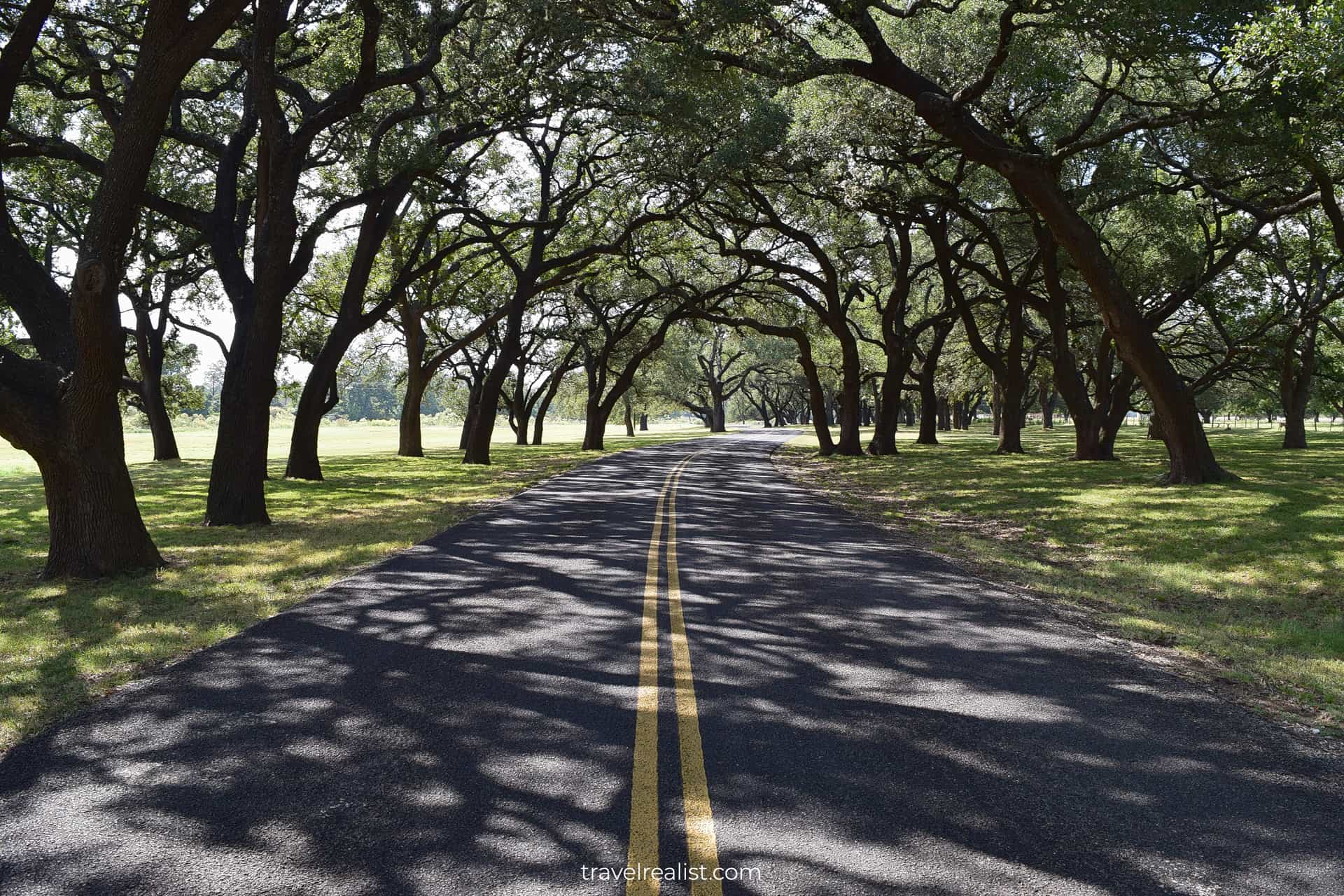
This realistic collection of travel tips helps you learn how to see more while traveling in a fast casual way.
Fast Casual Travel is a great way to make the most from your trip. This travel type combines realistic expectations with thorough advance planning and a quick exploration of sights.
This post includes affiliate links that will earn us commission if you make a purchase via these links.
1. Different Ways to Travel
Most people have strong opinions when it comes to travel. Almost everyone has a favorite destination. While some enjoy the beach, others cannot stand it.
But destinations are far from the only things that polarize travelers. There are also different ways to explore the same place once you get there.
Some people like to travel slow. They spend more time in the same place. Others prefer to squeeze more places in a short trip.
There is no right or wrong way to visit a destination. Yet, this topic is a center of countless debates between coworkers, friends, and family members.
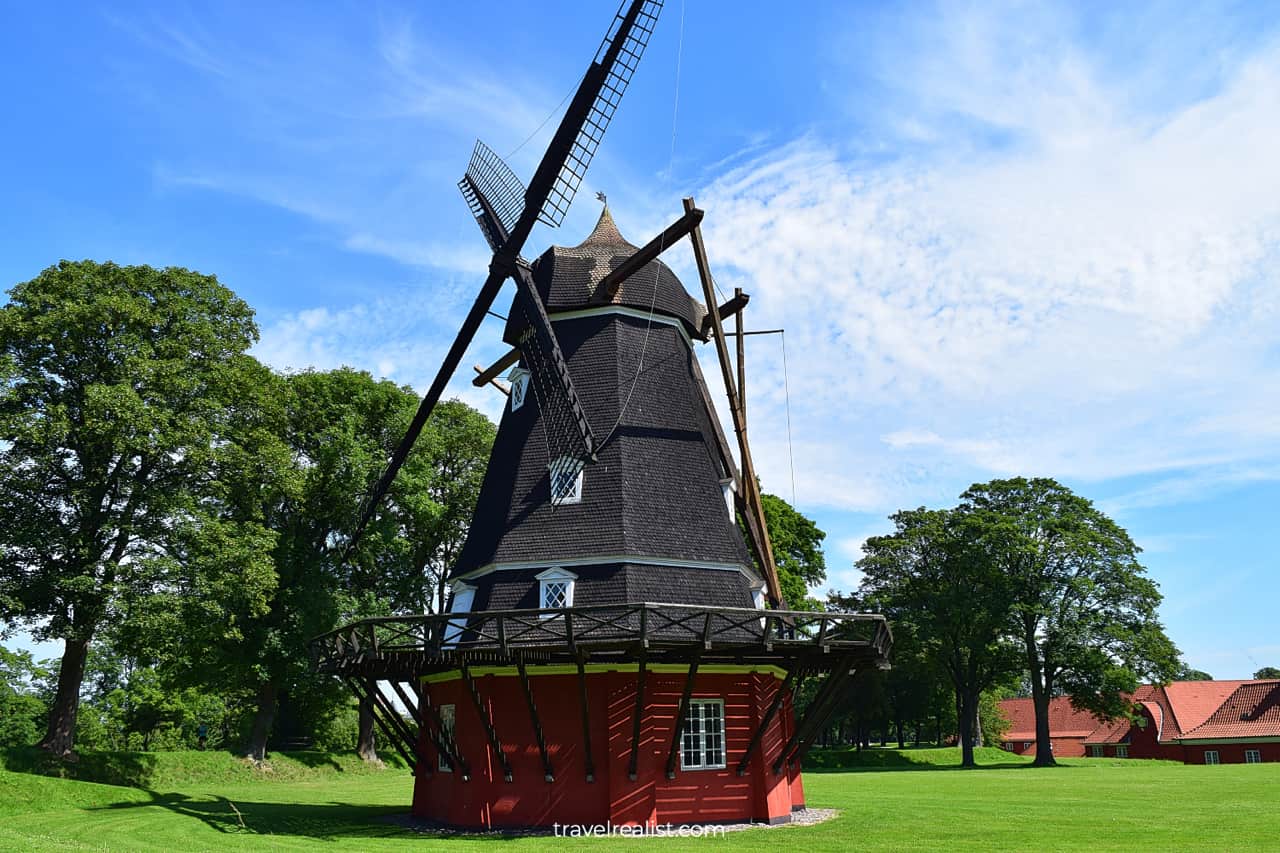
As different as travel types are, there are some things that most travelers could agree upon. They have to do with the travel experience and cost.
Most travelers do not want to spend their vacation in a hostel. Neither do they like to waste thousands of dollars to fly first class.
People crave memorable travel experiences that do not break the bank just like in dining and fashion industries. This is where fast casual travel comes to the rescue!
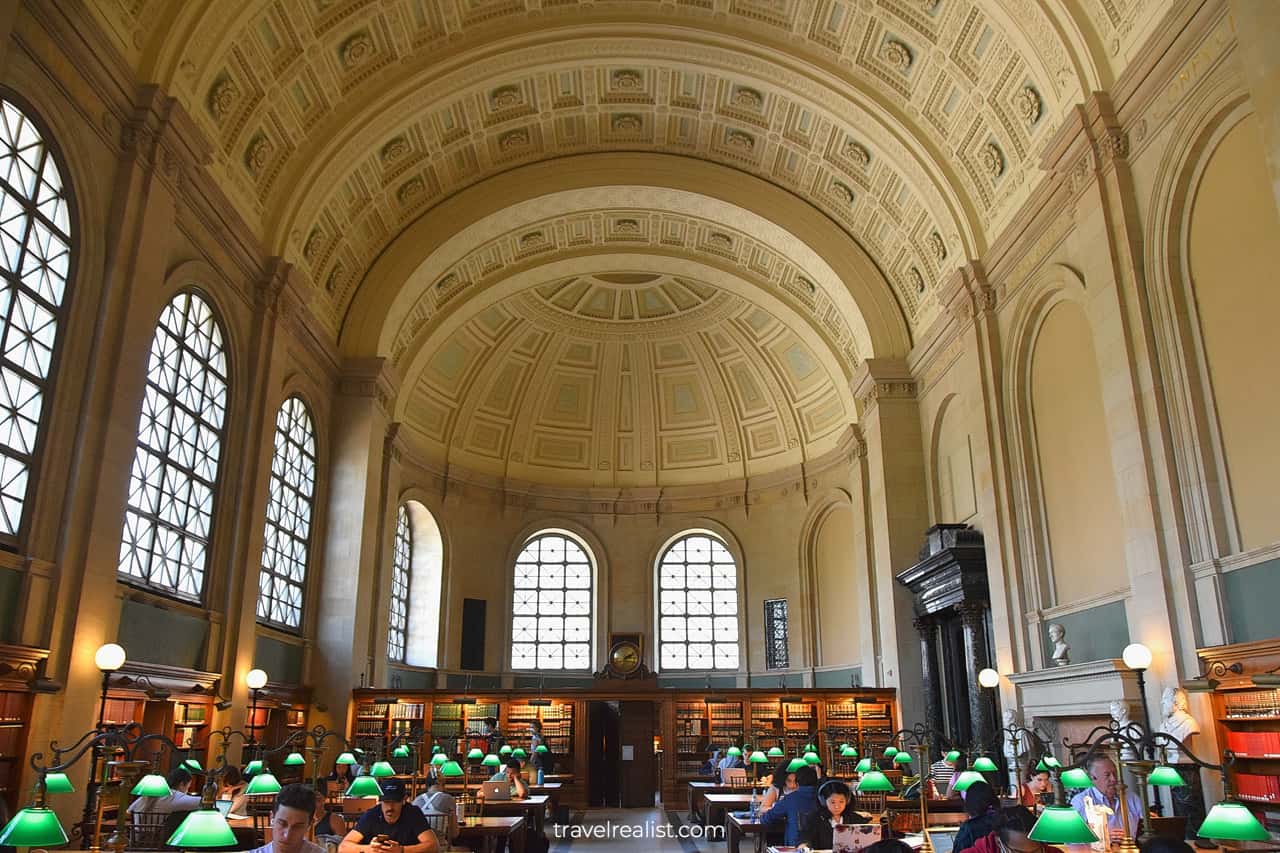
2. What is Fast Casual Travel
You might rightfully wonder what this approach to travel stands for. Yet, there is not a simple definition. Instead, it might be a good idea to start with addressing what fast casual travel is not.
Fast does not mean abrupt or hasty. Casual is not sloppy or cheap. In fact, the thrill of travel is the only true aspect of this travel type. But there is more to it.
First and foremost, you should set realistic expectations ahead of your journey. You will be disappointed if you expect to visit Alaska for the same price as your local state park.
Once you set the right expectations, you need to apply an analytical approach to trip planning. It will allow you to get the most from your travel budget and time.
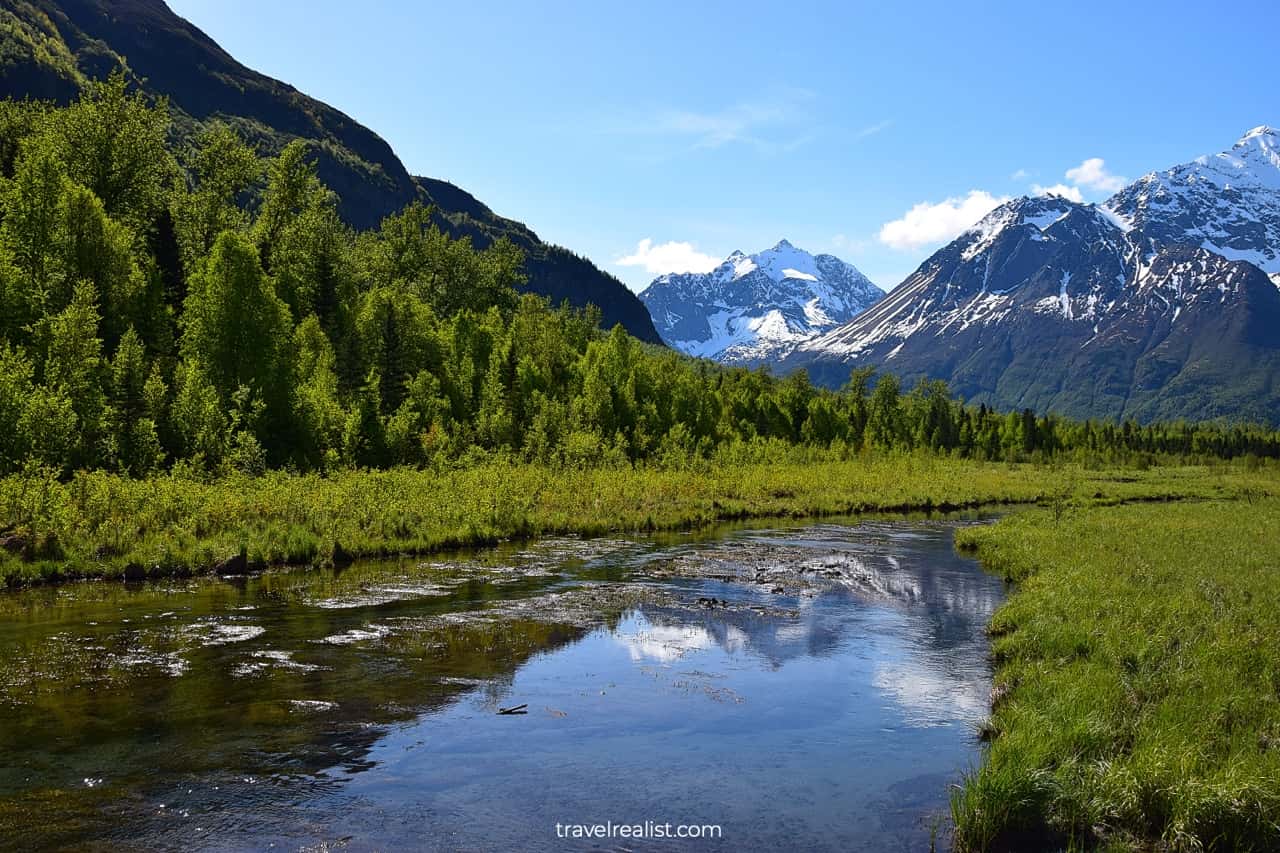
Fast Casual Travel: Examples
You likely applied a few fast casual travel methods in the past. But chances are you have not realized that as you were doing it. Here are a few examples:
- Have you ever stayed at a five-star resort at a price of a B&B?
- Have you ever taken a train instead of a costly flight?
- What about the time when you visited more places on a long summer day?

These are all positive examples of applying the fast casual travel principles. But it could also go the opposite way. Failure to use these methods could bring disappointment and regret. Just see for yourself.
- Have you ever regretted not visiting an attraction just because you learnt about it after the trip?
- Have you ever found out that the same hotel was $50 cheaper on a different platform?
- What about the time when you hated the restaurant that the hotel staff recommended?
Luck and misfortune are behind most of these cases. But you can get more positive experiences and avoid shocks. You just need to apply the fast casual travel methods when planning your next getaway.
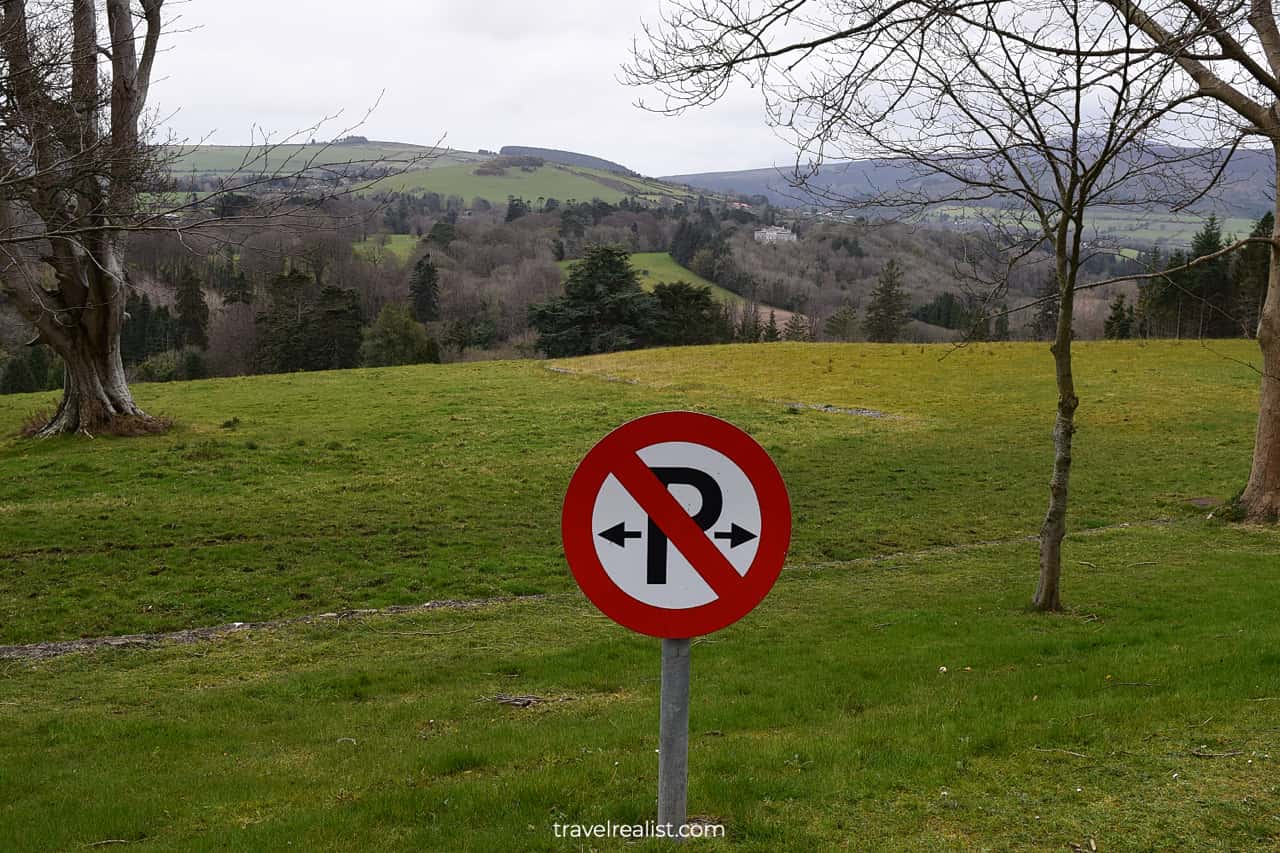
3. Fast Casual Travel Principles
Fast casual travel starts with setting the right expectations. It applies to all aspects of your trip. In fact, this approach changes how you plan the trip, enjoy it, and share experience afterwards.
You could make it a habit by applying a few key principles, or ratios, to your next trip. It is all quite simple. In fact, you just need to master planning, time prioritization, value seeking, and realistic storytelling.
The next few sections of this Fast Casual Travel Guide document the most common principles of this travel type.
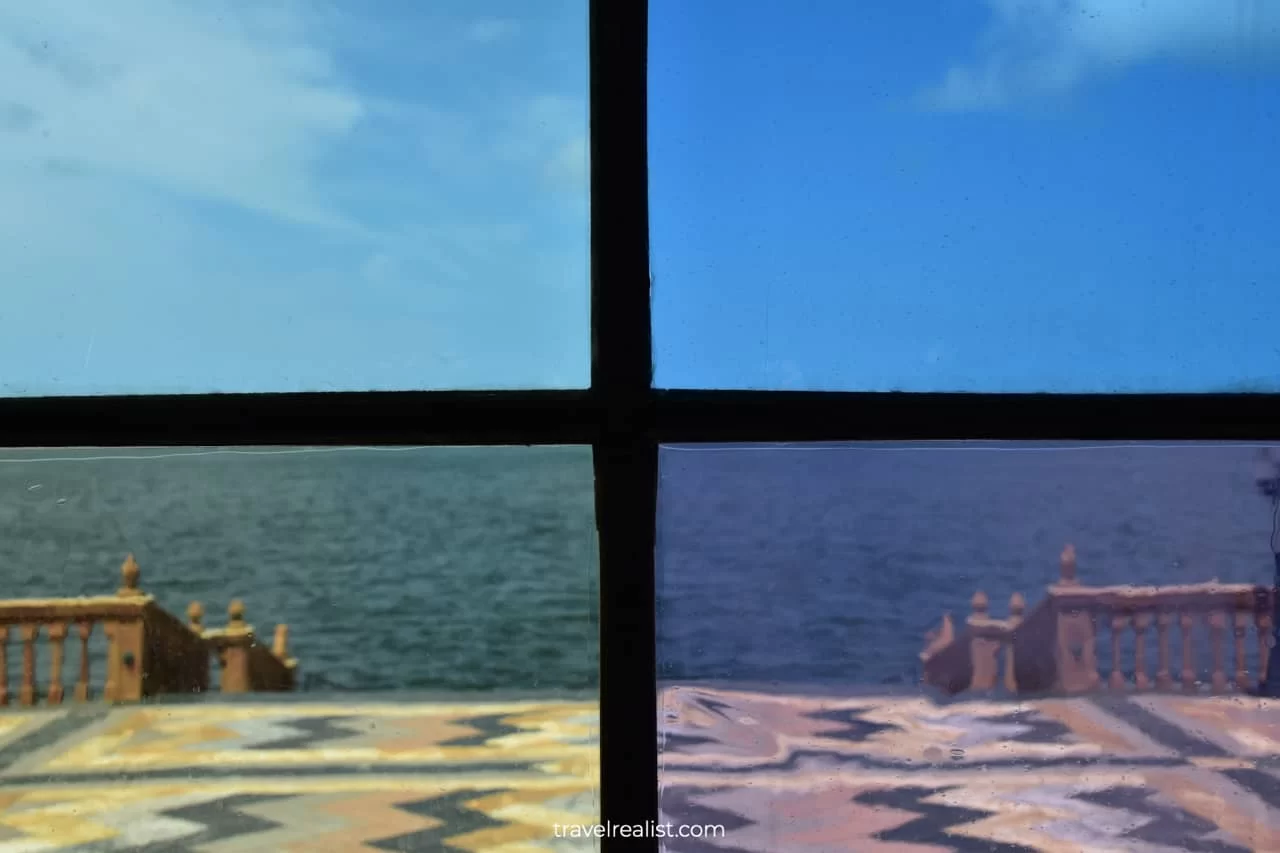
3.1. Planning Ratio
Fast casual travel starts well before your trip. You need to piece together plenty of items beforehand so that you could enjoy your destination on vacation. Here are some of the main details to iron out.
- Decide on a region or a country you would like to visit
- Find the dates when the costs for transport and places to stay are within your budget
- Consider season, daytime length, time zones, and check-in times
- Research the main sights and their opening times
- Build your itinerary around these sights, affordable places to stay, and transport modes
- Find dining options nearby, ideally with a few backups
- Make reservations for places to stay and transport modes
The more time you spend researching ahead of your trip, the more prepared you will be for your journey. For one, you will waste less time searching for restaurants. This will allow you to visit more great sights.
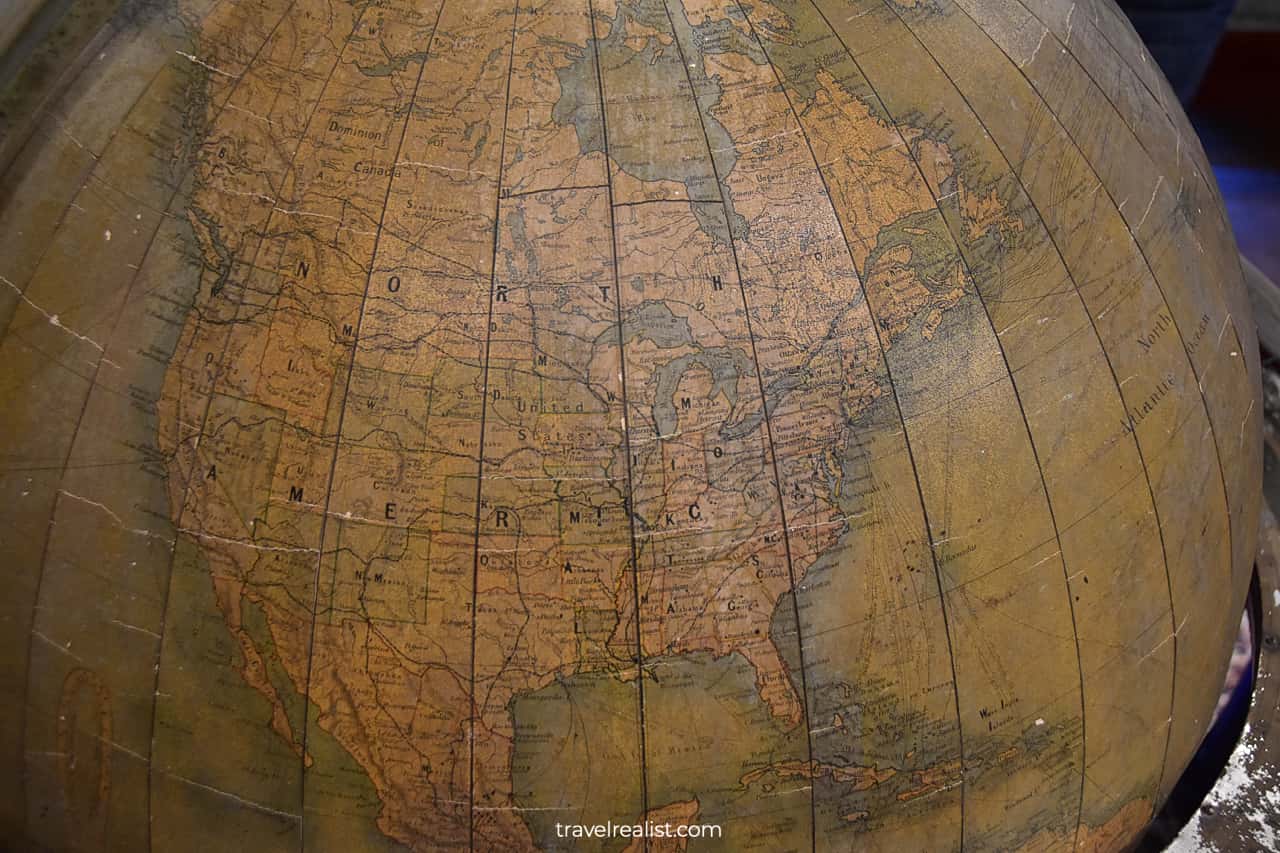
There is no doubt that advance research of this scope could be time-consuming. But it does not have to be such a daunting task.
You could learn the best practices thanks to the Travel Tips and Resources from Travel Realist. This is an easy way to improve your skills on trip planning and research.
Some people might feel that this approach takes spontaneity out of travel. In a way, it is true. A fast casual traveler has a better idea of the place they are about to visit than an average traveler.
But think about the positives. Knowledge is power. You will travel almost like a local. You will not fall into most tourist traps. And you could always try something based on a recommendation if you feel like it.

3.2. Time Ratio
Fast casual travel transitions from rigorous planning to fast-paced execution as soon as your trip begins. In the end, traveling fast means seeing more of your destination.
You need to be strategic about the trips you take. The same goes for the sights you choose to visit and to skip. There is a good reason for it. You vacation days could be scarce if you live in the United States.
The stakes are even higher for remote destinations. You might not get to visit that place again in a very long time. Natural wonders like volcanoes and coastline might never be the same.
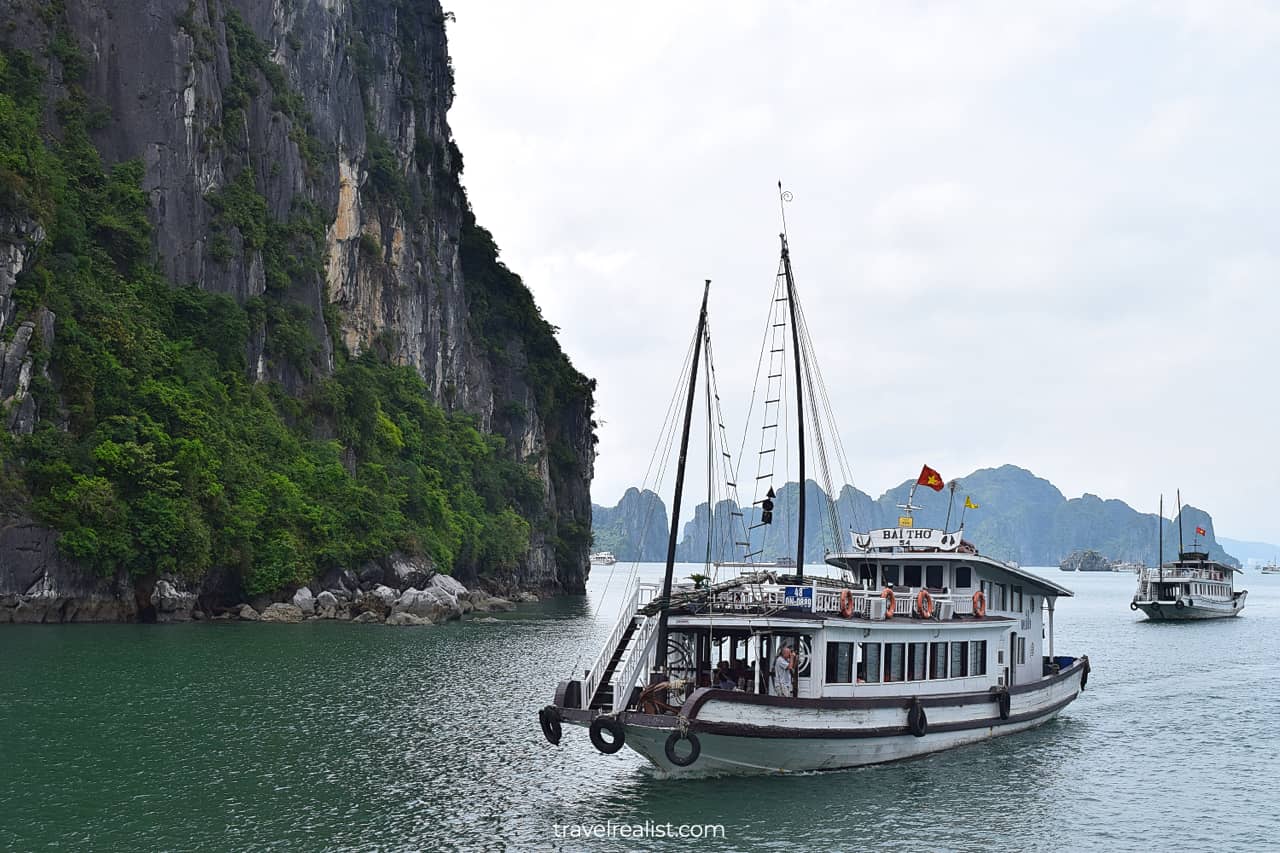
Every traveler needs to make their own choice. For some, a place to stay is paramount to enjoying a trip. For others, a great trip has to do with local restaurants.
But a fast casual traveler chooses to experience the most the region or country has to offer. While places to stay and dine matter, they are not the main reasons to travel to a destination.
It is better to visit another national park than spend an extra hour in a hotel. No matter how good your place to stay is, it would pale in comparison to the natural wonders.
Yet, not all sights are created equal. Some of them are great to visit if you live nearby. But you should go out of your way to visit the others. The realistic Reviews help you decide what sights to visit and pass.
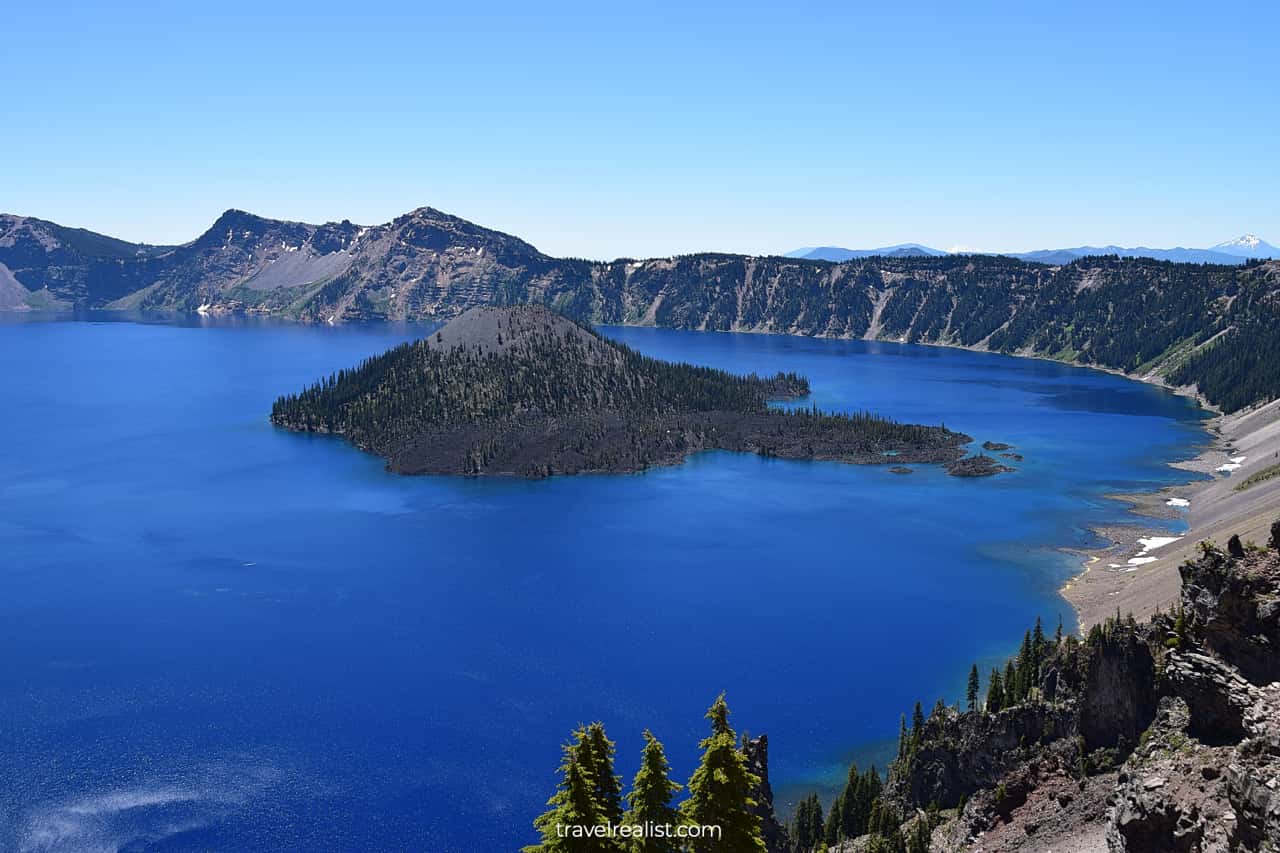
3.3. Value Ratio
Fast casual travel would not be true to its nature without the cost considerations. Any great trip involves budgeting by travel category, like dining, places to stay, and transport.
You need to set your own limits for each category. This is the only way to avoid losing track of your spend while traveling, stateside or abroad.
Budgeting allows you to compare different times and destinations quickly. It is best to pick a different place or season for your trip sometimes. It could also help avoid costly surprises during the trip.
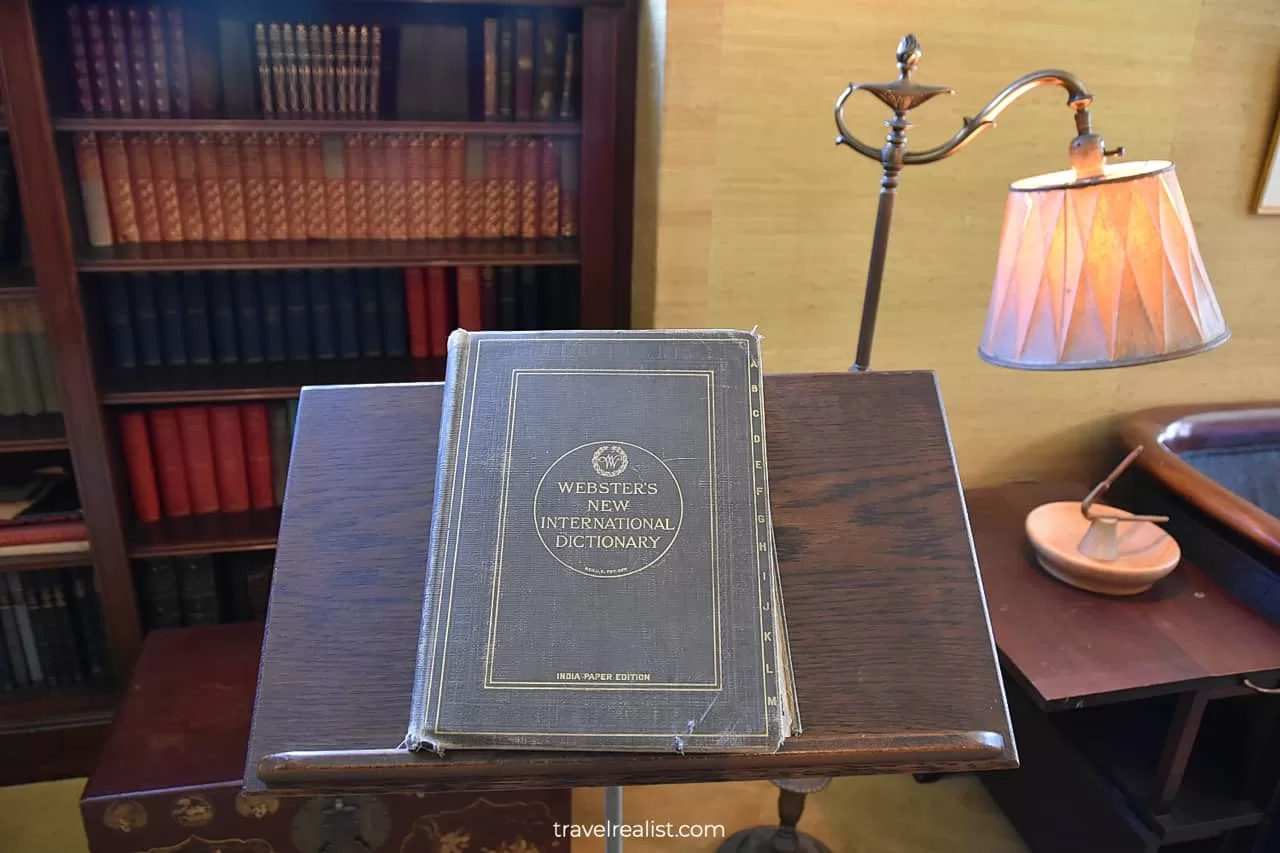
A fast casual traveler prioritizes value for money. The goal is to not find the cheapest flight, rental car, or place to stay. Without a doubt, their cost matters when planning a trip.
But you would not want to be penny wise and pound foolish. Instead, the idea is to search for great deals that help your money travel further.
You will know a perfect deal when you see one. But it helps to look for a few common traits that set them apart from the baseline.
- A great deal comes under budget for a given category
- It provides you with some direct savings, so you will pay less money overall
- And it offers indirect perks like upgrades or flexible payment terms
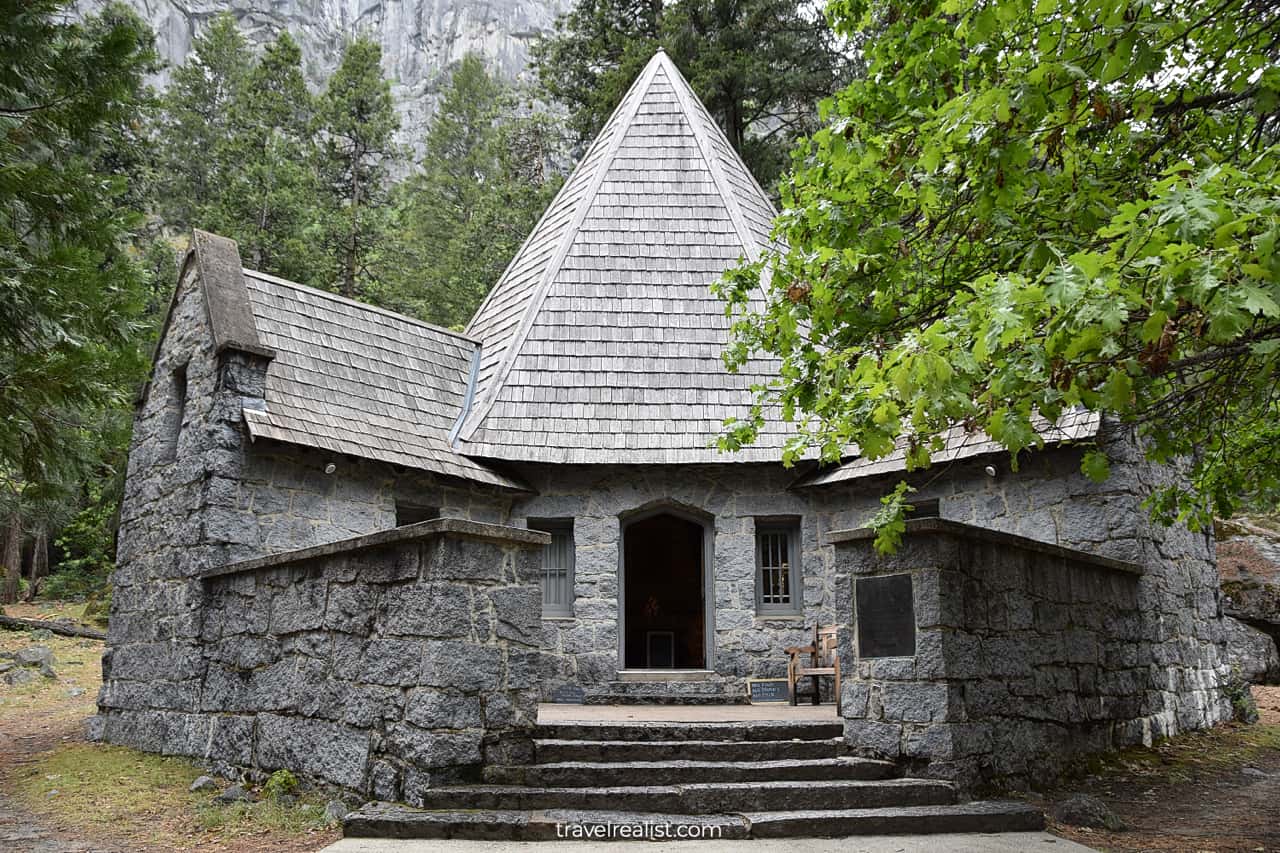
You cannot always time finding a great deal with your next vacation. You have to bite the bullet sometimes and buy that expensive flight to your dream destination.
But a little bit of flexibility could go a long way in finding better deals. All you need is a better approach to planning your next trip.
- Be price sensitive
- Be travel platform agnostic
- Be loyal when loyalty brings rewards
- Be open to trying out new tools and services if they offer a better value
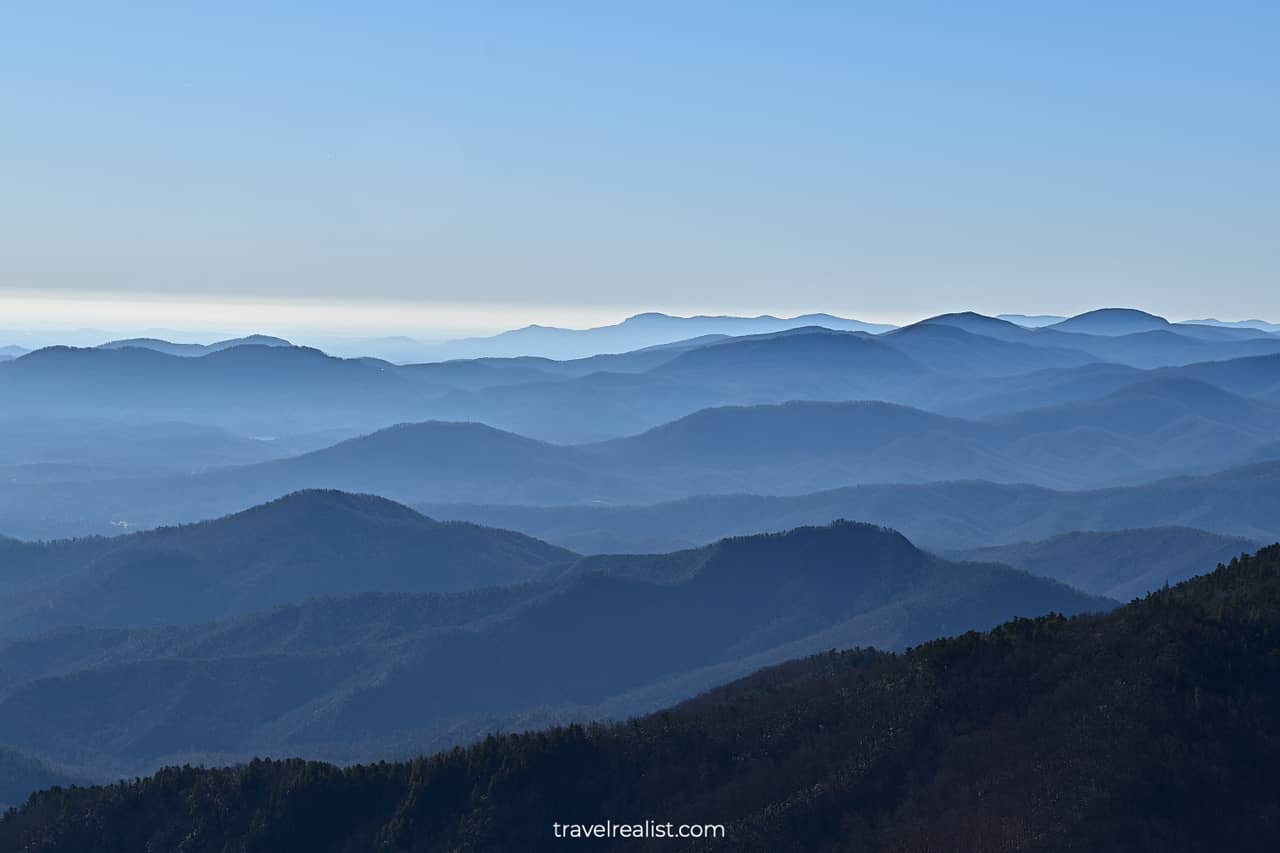
3.4. Honesty Ratio
There is one thing that sets fast casual travel from most other travel types. It has to do with honesty and integrity.
When you travel in a fast casual way, there is no point in embellishing your experience afterwards. A fast casual traveler will feel worse about visiting a crappy attraction if more people make the same mistake.
You will have a good idea about what you could expect at different places before the trip. Some of the sights will delight you. But others might still be a disappointment during the trip.
The best thing you could do is to share your realistic experience with your network. This way, you will help them make better choices when they visit the same destination.
There is no guarantee that they would not fall into the same tourist traps. In the end, everyone is at will to make up their mind about each place.
But your conscience will be clear. You would have done everything in your powers to help your fellow travelers make the right decision for themselves.
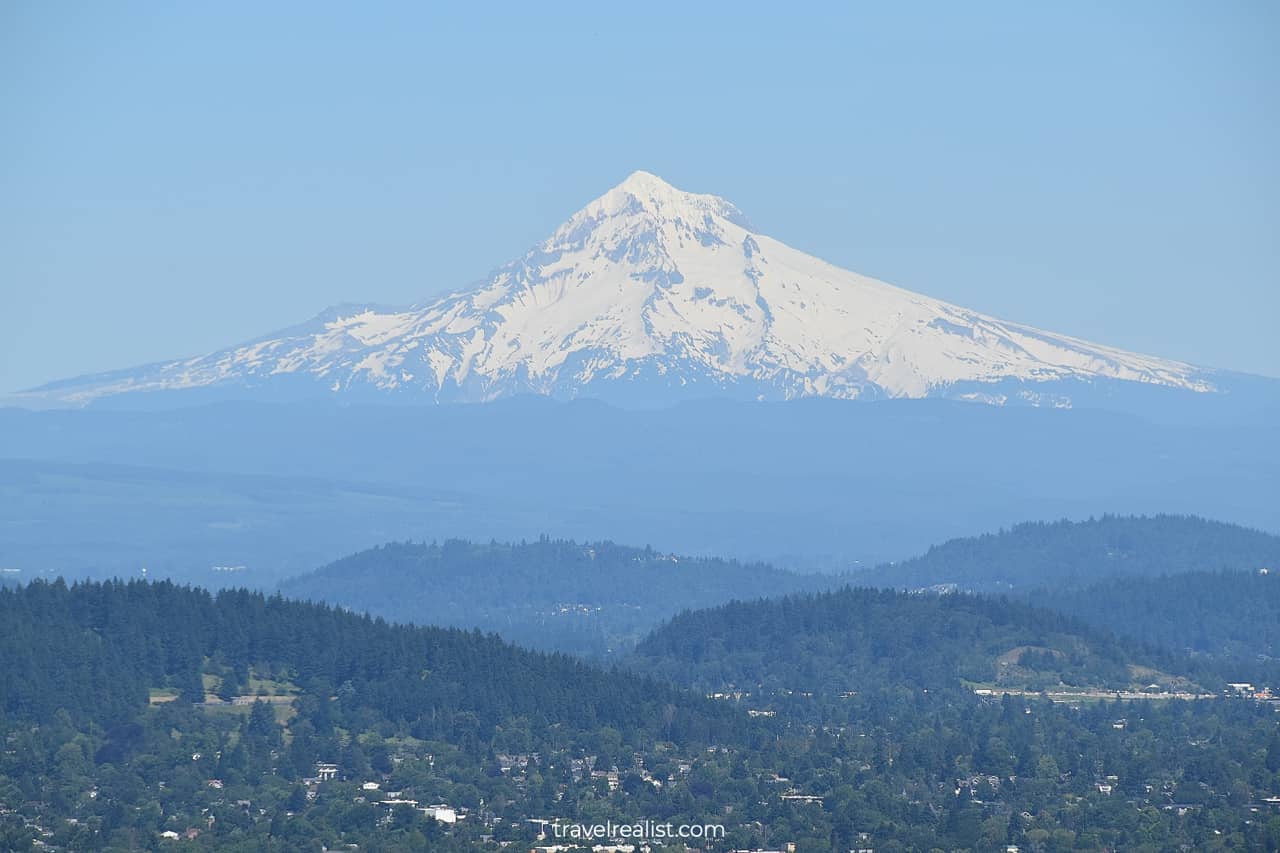
4. Takeaways: Fast Casual Travel
There are a lot of different ways to travel. Every traveler needs to find one that works best for them. But you should give fast casual travel a try.
This travel type helps you get the most from the limited time and resources. It does not matter if you are trying to save vacation days, money, or both. Fast casual travel ratios have an answer.
Realistic expectation setting, time prioritization, value for money, and integrity are great methods to try out. They will help you plan your next trip like never before.
You could still travel in style and be spontaneous. But, in the end, you might find fast casual travel to be too fast or too casual. Still, you will travel better by finding great deals and falling into less tourist traps.
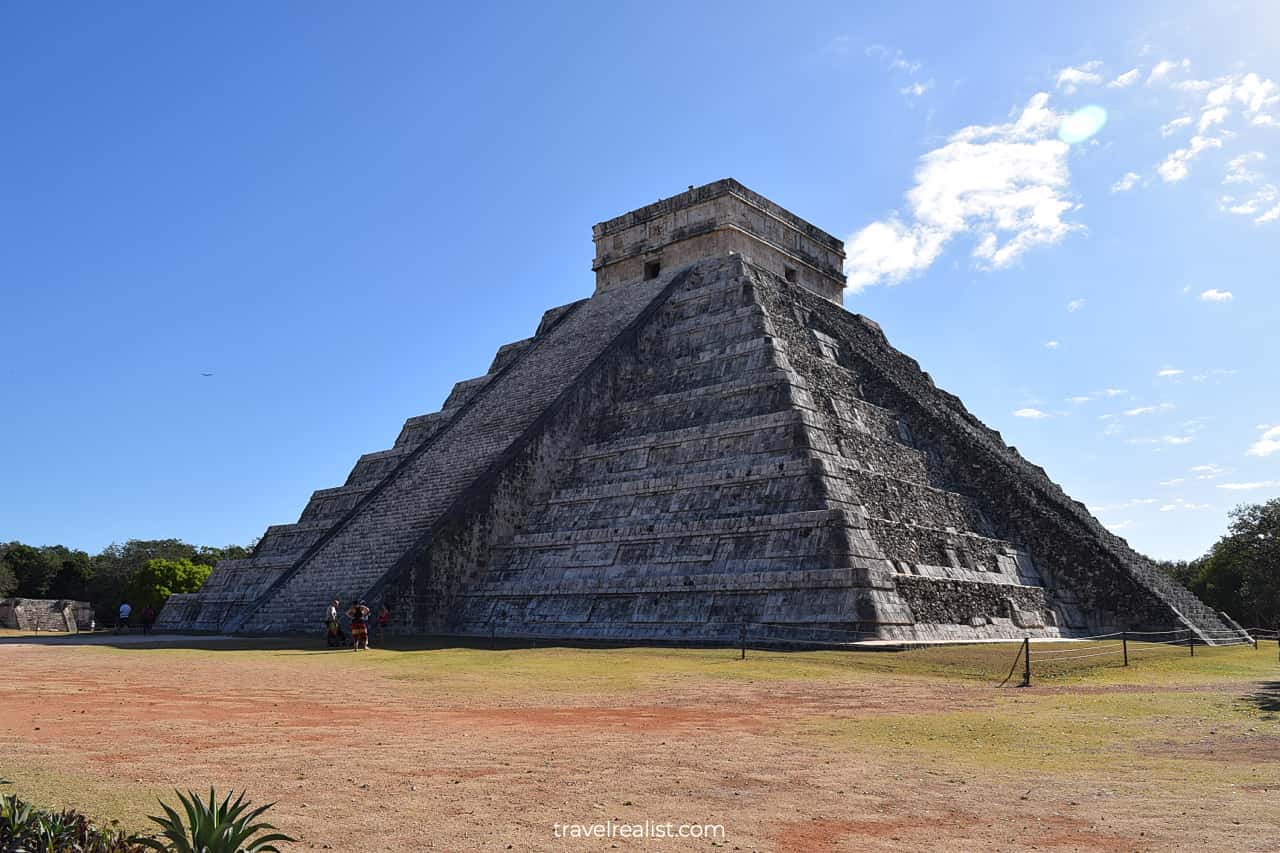
Frequently Asked Questions
Fast casual travel is a way for travelers to maximize vacation time and value through planning.
– It combines realistic expectations with thorough research and fast-paced exploration.
– It brings memorable experiences without enormous budgets and compromises on quality.
– Fast casual travel empowers you to visit more places and see more sights.
There are a few key principles of fast casual travel:
– Planning Ratio: you need to plan most aspects of your trip in advance
– Time Ratio: you should prioritize your time to visit more sights in a given destination
– Value Ratio: you should look for great deals rather than getting the cheapest experience
– Honesty Ratio: you need to help future travelers by sharing your realistic experience
Every traveler has their own ways of planning a great trip. Yet, there are few common best practices to follow:
– Research your desired travel destination in advance
– Learn about its seasons, weather, and holidays
– Understand most economical ways of reaching the destination
– Research places to stay to get a feel for the budget
– Find dining options with a few alternatives whenever possible
A well thought combination of day, weekend, road, and international trips could help stretch your vacation days further.
There are a few ways to increase your chances of finding great deals when planning a trip:
– Be flexible on dates and destinations
– Budget meticulously and set your maximum spend by category
– Focus on the price quality ratio rather than pure cost
– Be open to trying out new platforms and reaping the loyalty rewards
Safe realist travels!


